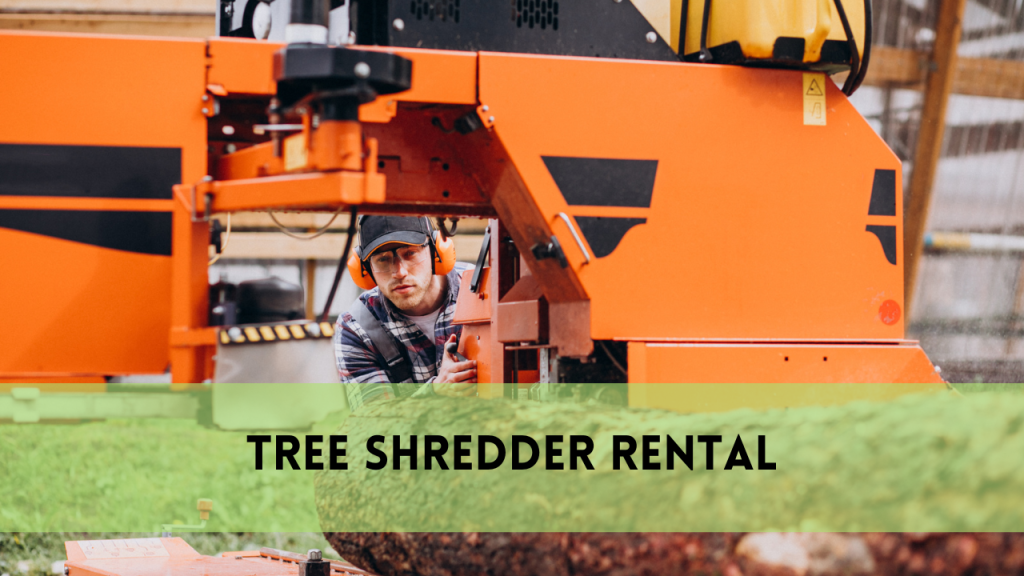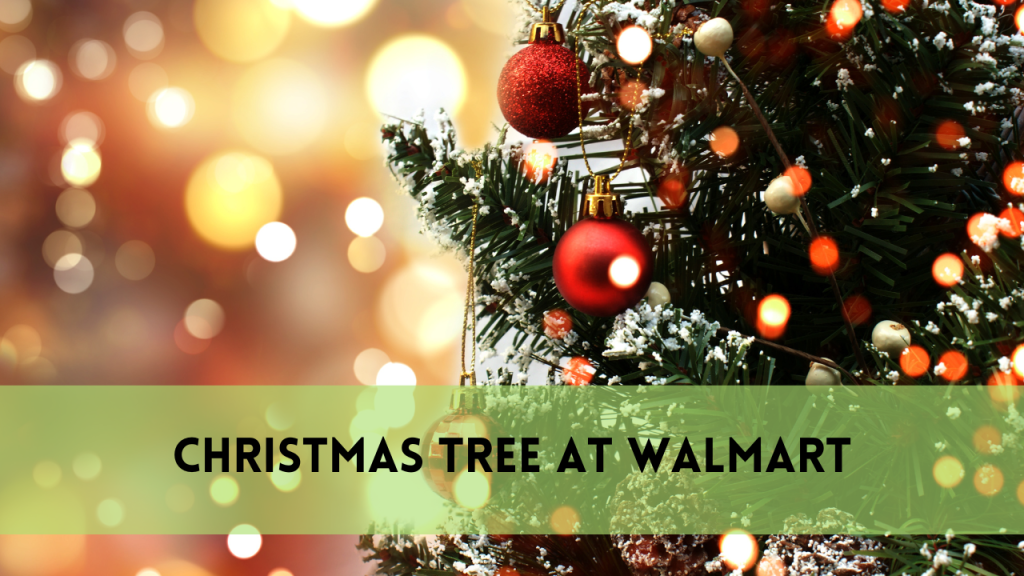When to trim oak trees?
Oak trees are notorious images of solidarity and life span as well as imperative parts of our regular habitat. Whether they stand tall in your terrace, line your local roads, or elegance the neighborhood park, oak trees offer various advantages, from giving shade and excellence to supporting assorted biological systems.
However, oak trees, like any other living thing, require care and attention to survive and thrive. One fundamental part of oak tree upkeep is knowing when to manage them. Legitimate managing, or pruning, can improve their wellbeing, appearance, and generally life span. It can likewise alleviate potential perils presented by congested branches, illness, or harm.
In this extensive aide, we will investigate the intricate details of oak tree management, beginning with why it’s fundamental and how to perceive the signs demonstrating that your oak tree needs consideration. We’ll dive into the basic inquiry of when to manage oak trees and give you master guidance on the most proficient method to play out the pruning accurately.
Let’s get started on this journey to learn when and how to properly trim oak trees. Your oak tree will thank you for it, and your scene will thrive therefore.
Understanding Trim Oak Trees
Oak trees (sort Quercus) are among the most regarded and cherished tree species on the planet. These superb monsters are known for their solidarity, strength, and great life expectancies, making them a loved piece of scenes, stops, and timberlands. To actually focus on your oak tree, it’s fundamental to first figure out the rudiments of these surprising trees.
The Oak Tree’s Variety
Oak trees come in different species, each with remarkable qualities. The absolute most normal oak species incorporate the Northern Red Oak, White Oak, Bramble Oak, and Pin Oak, among numerous others.
Feature the distinctions in leaf shape, size, and shading among various oak species.
Importance in Finishing
Examine the meaning of oak trees in arranging, both for their stylish allure and their commitments to the climate.
Notice how oak trees conceal, improve property estimations, and deal with natural surroundings and nourishment for different untamed life species.
Prominent Oak Tree Highlights
Describe the distinctive characteristics of oak trees, including their robust trunks, elongated canopies, and recognizable lobed leaves.
Make sense of how oak trees show occasional changes, including the creation of oak seeds, vivid fall foliage, and winter torpidity.
Life expectancy and Development Examples
Talk about the life span of oak trees, which can live for a long time under the right circumstances.
Make sense of the development examples of oak trees, including their sluggish introductory development and sped up development as they mature.
Benefits to the Ecosystem
Explore the ecological significance of oak trees by focusing on how they help a wide variety of animals, such as birds, squirrels, and insects, survive.
Underline how oak trees add to timberland environments by supplementing rich leaf litter and asylum.
Understanding the variety and meaning of oak trees establishes the groundwork for compelling tree care. With this information, you’ll be better prepared to perceive the extraordinary necessities of your oak tree and settle on informed conclusions about when and how to manage it.
Why Trim Oak Trees?
Managing or pruning oak trees is a fundamental part of their consideration and support. While these lofty trees are known for their solidarity and strength, they are not safe with the impacts of time, sickness, and ecological stressors. Appropriate managing is critical for a few convincing reasons:
Advancing Tree Wellbeing
Make sense of how pruning can eliminate dead or ailing branches, which can hold onto microorganisms and irritations inconvenient to the tree’s general wellbeing.
Portray how managing can upgrade air course and daylight infiltration inside the shade, diminishing the gamble of contagious diseases and further developing photosynthesis.
Stylish Upgrade
Underscore the job of oak trees in upgrading the excellence of scenes and properties.
Examine how key pruning can work on the tree’s shape, eliminate unattractive development, and keep a satisfying stylish appearance.
Wellbeing Contemplations
Address the security part of oak tree support.
Notice how congested or feeble branches can present perils, particularly during tempests or high breezes, and how management can relieve these dangers.
Promoting New Development
Explain how pruning can encourage the development of new leaves, flowers, and branches.
Feature how key management can revive a maturing oak tree, advancing imperativeness and life span.
Avoiding Problems with the Structure
Examine the gamble of underlying issues in oak trees, like co-predominant stems or branches with unfortunate connections.
Make sense of how specific pruning can keep these issues from forming into major underlying disappointments.
Keeping up with Wanted Size
Notice how oak trees can turn out to be excessively enormous for their area, possibly causing clashes with neighboring designs or utilities.
Depict how pruning can assist with controlling the size of the tree and forestall stuffing.
Signs Your Oak Tree Needs Managing
Appropriately focusing on your oak tree starts with perceiving when it requires pruning or managing. You will be able to address issues promptly and stop potential issues from getting worse if you are able to identify the warning signs that your oak tree requires attention. Here are a few critical markers to keep an eye out for:
Dead or Kicking the bucket Branches
Make sense of that dead or biting the dust branches are an unmistakable sign that your oak tree needs pruning.
Describe the ways in which these branches might appear to be brittle, discolored, or without leaves.
Excess and Thick Shelter
Discuss the consequences of excessive growth, which can result in a dense, congested canopy.
Make sense of how an unreasonably thick overhang can diminish air flow and daylight infiltration, possibly encouraging illness.
Intersection or Scouring Branches
Describe the damage and entry points that can be created by pests and diseases by branches that cross or rub against one another.
Make it clear how crucial it is to deal with problems like these early through pruning.
Sick or Invaded Branches
Emphasize the disease or infestation as a crucial indication that pruning is required.
Make sense of that early expulsion of impacted branches can forestall the spread of illnesses and nuisances.
Risky Branches
Examine the potential perils presented by frail, overstretched, or dead branches.
Make sense of that these branches can dampen and fall, presenting dangers to individuals, property, and other vegetation.
Undesirable Development
Take care of branches that are growing in unfavorable directions, like toward structures like buildings, power lines, or other structures.
Make sense of how management can divert development away from expected perils.
Appearance of Oak Shrivel
Mention the deadly fungal disease known as oak wilt, which affects oak trees.
Describe the signs, such as wilting leaves and tree decline, and emphasize the significance of pruning to halt the spread of the disease.
The Best Chance to Manage Oak Trees
Knowing when to manage oak trees is urgent for their wellbeing and prosperity. The planning of oak tree management can essentially influence the tree’s development, recuperation, and in general imperativeness. There are two primary times when oak tree trimming should be considered:
Torpid Season (Winter):
It Makes sense that the lethargic season, which regularly happens during pre-winter to late-fall, is one of the most amazing times to manage oak trees.
Feature the advantages of winter pruning, like decreased weight on the tree and limited hazard of infection transmission.
Portray how the shortfall of leaves during the lethargic season takes into account better perceivability and admittance to branches.
Developing Season (Pre-summer to Summer early):
Talk about the elective choice of managing oak trees during the developing season, which happens from pre-summer to summer early.
Explain that this time is ideal for addressing immediate issues like diseased or hazardous branches or corrective pruning.
Notice that oak trees can recuperate all the more rapidly during the developing season because of dynamic development and expanded sap stream.
Local Varieties
Recognize that the best time for oak tree management can differ in view of your geological area and neighborhood environment.
Give overall rules to various areas, considering factors like ice hazard and oak shrink defenselessness.
Oak Shrivel Contemplations
Stress the significance of keeping away from oak tree management during the oak shrink season in locales where this sickness is predominant.
Make sense of that oak wither is most dynamic in warm, muggy circumstances, and pruning during this time can build the gamble of disease.
Extraordinary Conditions
Mention any unique circumstances that might necessitate pruning outside of the growing season, such as dealing with immediate safety risks or storm damage.
Underscore the need to talk with an arborist or tree care proficient in such circumstances.
Understanding the best opportunity to manage your oak tree is fundamental for guaranteeing the wellbeing and life span of this brilliant species. While both the lethargic season and the developing season enjoy their benefits, choosing the right timing for your particular circumstance is essential.
Related Posts:
How to Trim Oak Trees Correctly
Now that we’ve talked about when to trim oak trees, let’s get down to the practical details of how to do it right. Legitimate oak tree management includes cautious preparation and execution to guarantee the tree’s wellbeing and tasteful allure. Here is a bit by bit guide on the most proficient method to manage oak trees:
Collect the Required Equipment and Tools:
List the fundamental instruments and hardware expected for oak tree management, including pruning shears, loppers, a pruning saw, wellbeing gear (gloves, eye security, and a cap), and a stepping stool if necessary.
Survey the Tree’s Requirements:
Start by completely examining the oak tree to distinguish the particular branches that require managing.
Focus on the evacuation of dead, unhealthy, or harmed branches, as well as those that present security dangers.
Conclusion
Throughout this exhaustive aide, we’ve investigated the complexities of oak tree care, explicitly zeroing in on when and how to manage these wonderful monsters. Oak trees, with their long life expectancies, genuinely deserve our consideration and care. A crucial factor in ensuring their health, safety, and beauty is trimming that is timed and carried out correctly.
As you leave on your excursion to really focus on your oak tree, recall that each tree is remarkable, and its necessities might develop over the long run. Whether your oak tree graces your patio, neighborhood, or a nearby park, your devotion to its well being and prosperity is a significant commitment to the climate and your local area. By applying the information and tips partook in this aide, you’ll be better prepared to settle on informed conclusions about when and how to manage your oak tree, guaranteeing its imperativeness and magnificence for a long time into the future. We appreciate you learning about oak tree care, and we hope your oak tree thrives under your careful management.
FAQs
- When should I trim my oak tree the most effectively?
Typically, the dormant season, which lasts from late fall to early winter, or the early part of the growing season, which lasts from late spring to early summer, are the best times to trim oak trees. Nonetheless, the specific timing can differ contingent upon your area’s environment and the particular requirements of your tree. Try not to manage during the oak wither season in locales where this illness is common.
- Might I at any point manage my oak tree myself, or would it be advisable for me to employ an expert?
Whether to manage your oak tree yourself or recruit an expert relies upon your experience, the intricacy of the gig, and the tree’s size. DIY enthusiasts may be able to complete simple pruning tasks, but for larger trees or more challenging tasks, it is best to hire a certified arborist or other tree care professional to ensure your and the tree’s safety.
- How much of my oak tree can I trim without harming it?
It’s critical to abstain from over-pruning oak trees, as eliminating such a large number of sound branches can hurt the tree’s wellbeing. The rule of thumb is to prune no more than 25% of the tree’s canopy at once. Center around eliminating dead, infected, or perilous branches while protecting the tree’s normal shape.
- Are there any signs that my oak tree needs managing?
Yes, there are a few clues that your oak tree may need to be cut down. Search for dead or kicking the bucket branches, excess that makes a thick overhang, branches that rub or cross one another, and any indications of illness or invasion. Moreover, be cautious for dangerous branches that could present dangers.
- What would it be a good idea for me to do subsequent to managing my oak tree?
After trimming your oak tree, proper aftercare is essential. Water the tree if necessary, apply mulch around the base, and screen for new development. Consider scheduling regular checkups with an arborist and regularly inspect the tree for signs of diseases or pests. Keep a record of your tree care activities for reference and maintenance planning in the future.




